What Is A Monopod In Photography ?
A monopod in photography is a single-legged support device used to stabilize a camera or other photographic equipment. It is similar to a tripod, but instead of three legs, it has only one. The monopod is typically made of lightweight materials such as aluminum or carbon fiber, making it portable and easy to carry. It is designed to provide additional stability and reduce camera shake, especially in situations where using a tripod is not practical or allowed. Photographers often use monopods in situations that require mobility, such as sports events or wildlife photography, where they need to quickly move around while still maintaining some level of stability for their equipment.
1、 Definition and Function of a Monopod in Photography
A monopod in photography is a single-legged support device used to stabilize a camera or other photographic equipment. It is similar to a tripod, but instead of three legs, it has only one. The monopod is typically made of lightweight materials such as aluminum or carbon fiber, making it portable and easy to carry around.
The main function of a monopod is to provide stability and reduce camera shake, especially in situations where using a tripod is not practical or allowed. It helps photographers achieve sharper images by minimizing the movement caused by handholding the camera. This is particularly useful in low-light conditions or when using telephoto lenses with long focal lengths, which can magnify even the slightest camera shake.
In addition to stability, a monopod also offers other advantages. It provides support for heavy equipment, reducing strain on the photographer's arms and shoulders during long shooting sessions. It can also be used as a versatile tool for capturing different angles and perspectives, as it allows for quick adjustments and panning movements.
From a latest point of view, monopods have evolved to cater to the needs of modern photographers. Some monopods now come with additional features such as built-in ball heads or fluid heads, allowing for smoother panning and tilting movements. Others have adjustable legs or feet, providing more stability on uneven surfaces. Furthermore, monopods are now compatible with various accessories such as smartphone holders or action camera mounts, expanding their versatility beyond traditional DSLR or mirrorless cameras.
Overall, a monopod is a valuable tool for photographers, offering stability, support, and flexibility in various shooting situations. It is a must-have accessory for those who want to capture sharp and steady images while maintaining mobility and convenience.
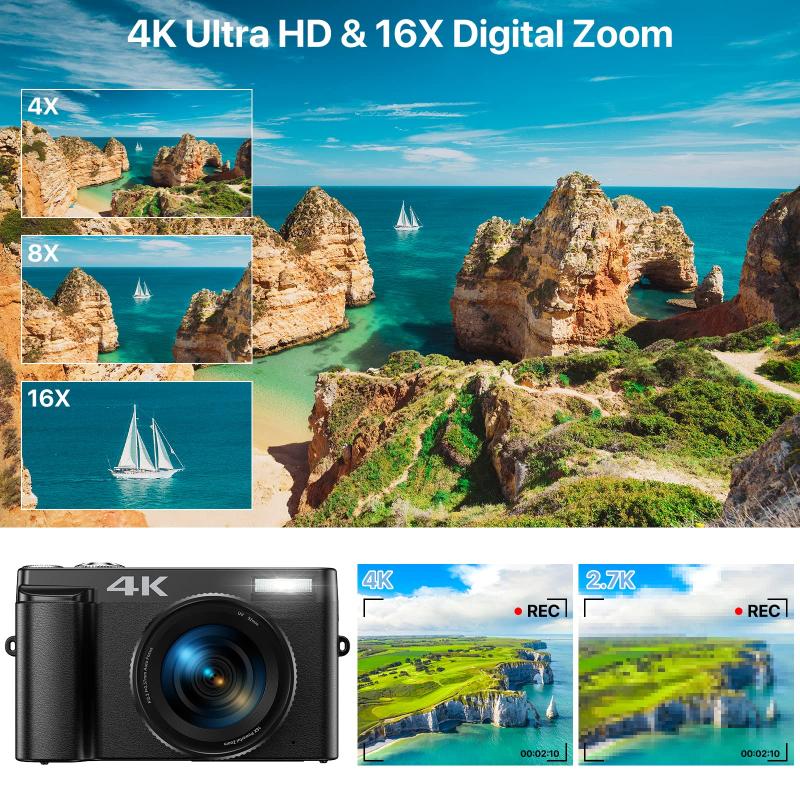
2、 Types of Monopods and Their Features
A monopod in photography is a single-legged support device used to stabilize a camera or other photographic equipment. It is similar to a tripod, but instead of three legs, it has only one. Monopods are popular among photographers who require mobility and flexibility while maintaining some level of stability.
Monopods come in various types, each with its own features and advantages. The most common type is the standard monopod, which consists of a single extendable leg with a camera mount on top. These monopods are lightweight, portable, and easy to set up, making them ideal for photographers on the go. They provide stability by reducing camera shake and allowing photographers to shoot at slower shutter speeds.
Another type is the convertible monopod, which can be transformed into a tripod by attaching three small legs to the base. This offers the best of both worlds, providing the stability of a tripod when needed and the portability of a monopod when on the move.
Some monopods also come with additional features such as a built-in fluid head, which allows for smooth panning and tilting movements. This is particularly useful for videographers who need to capture dynamic shots.
In recent years, there has been a rise in the popularity of monopods with telescopic legs. These monopods can be extended to different heights, providing photographers with more flexibility in their shooting positions. Additionally, some monopods now come with wireless remote controls, enabling photographers to trigger their cameras from a distance.
Overall, monopods are versatile tools that offer stability and mobility to photographers. With advancements in technology, the latest monopods are becoming more lightweight, compact, and feature-rich, making them an essential accessory for photographers of all levels.
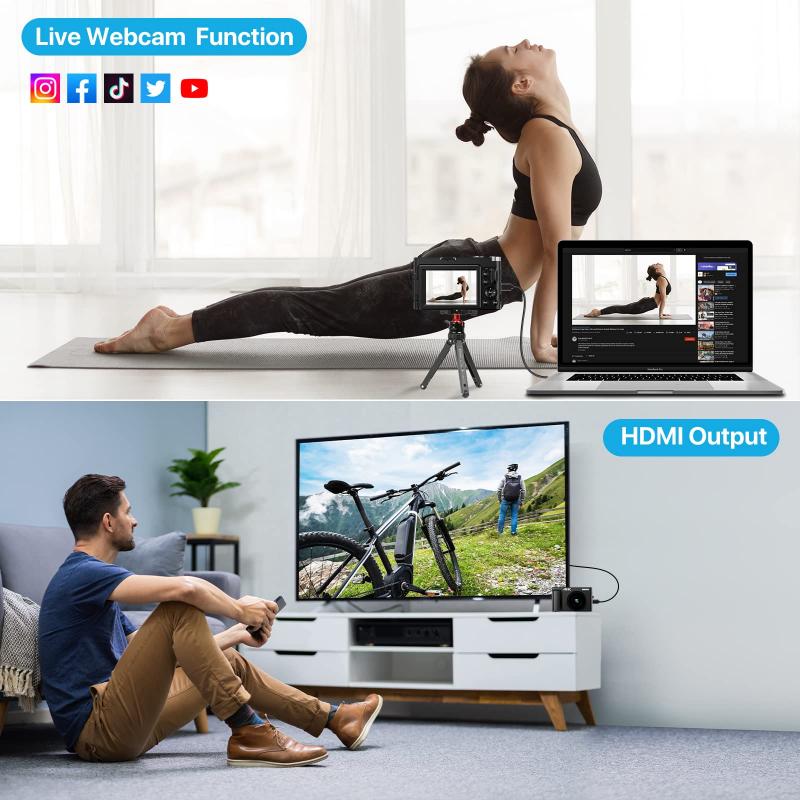
3、 Advantages and Disadvantages of Using a Monopod
A monopod in photography is a single-legged support device used to stabilize a camera or camcorder. It is similar to a tripod but has only one leg instead of three. The monopod is typically made of lightweight materials such as aluminum or carbon fiber, making it portable and easy to carry.
Advantages of Using a Monopod:
1. Stability: While not as stable as a tripod, a monopod still provides better stability than handholding the camera. It helps reduce camera shake, resulting in sharper images, especially in low-light situations or when using telephoto lenses.
2. Portability: Monopods are lightweight and compact, making them ideal for photographers who need to move quickly or travel light. They are easy to carry and set up, allowing for greater mobility and flexibility in various shooting situations.
3. Versatility: Monopods can be used in a variety of photography genres, including sports, wildlife, and street photography. They provide support for longer exposures, panning shots, and capturing fast-moving subjects.
Disadvantages of Using a Monopod:
1. Limited Stability: Compared to tripods, monopods offer less stability, especially in windy conditions or when shooting with heavy equipment. They may not be suitable for long exposures or situations that require absolute stillness.
2. Limited Height Adjustment: Monopods have limited height adjustment options compared to tripods. While some models offer adjustable legs, they may not provide the same level of flexibility as tripods, particularly for shooting at different angles or heights.
3. Requires Physical Support: Unlike tripods that can stand independently, monopods require physical support from the photographer. This can be tiring over extended periods, especially when using heavy gear.
In recent years, advancements in image stabilization technology, both in-camera and lens-based, have reduced the reliance on monopods for achieving stability. However, monopods still have their place in photography, particularly for photographers who value portability and versatility in their shooting style.
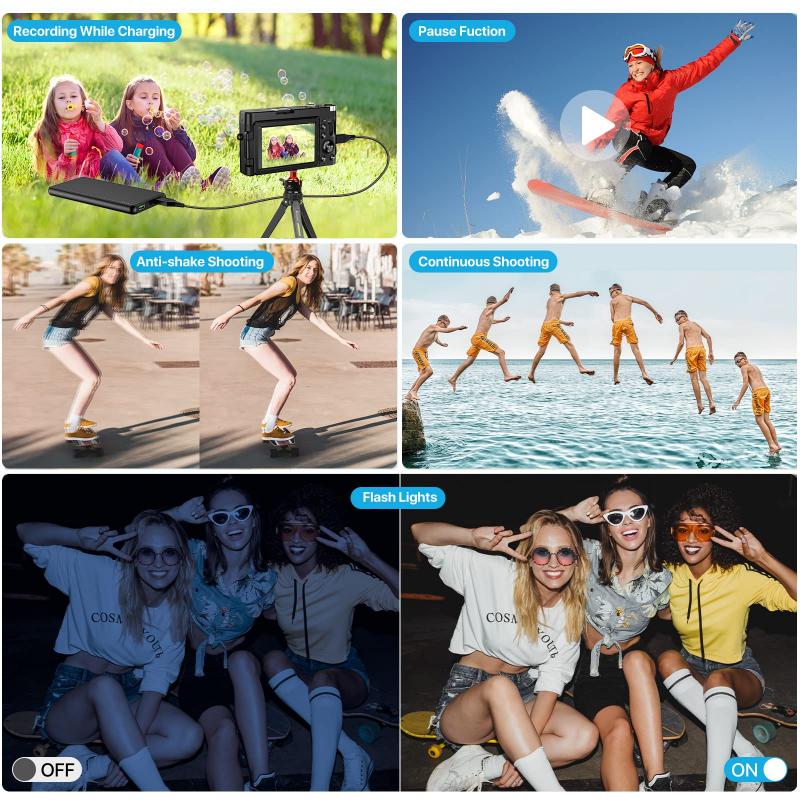
4、 Techniques for Properly Using a Monopod in Photography
A monopod in photography is a single-legged support device used to stabilize a camera or other photographic equipment. It is similar to a tripod but has only one leg instead of three. Monopods are lightweight, portable, and easy to set up, making them a popular choice for photographers who need stability but also require mobility.
When using a monopod, there are several techniques that can help ensure proper usage and maximize its benefits. Firstly, it is important to hold the monopod correctly. Grip it firmly but not too tightly, allowing for smooth panning and tilting movements. Placing the monopod on the ground and leaning into it can also provide additional stability.
Another technique is to use the monopod as a vertical support. By extending the monopod fully and pressing it against your body, you can create a stable base for shooting in low light or with longer lenses. This technique helps reduce camera shake and allows for sharper images.
Additionally, using a monopod with a ball head or tilt head can provide more flexibility in positioning the camera. This allows for quick adjustments and changes in composition without having to readjust the monopod itself.
In recent years, monopods have become even more versatile with the introduction of advanced features. Some monopods now come with built-in feet, allowing them to stand independently without needing to be held. This is particularly useful for photographers who need to take self-portraits or group shots.
Overall, a monopod is a valuable tool in photography, providing stability and support in situations where a tripod may be impractical or too cumbersome. By employing proper techniques and utilizing the latest advancements, photographers can capture sharper, more professional-looking images.
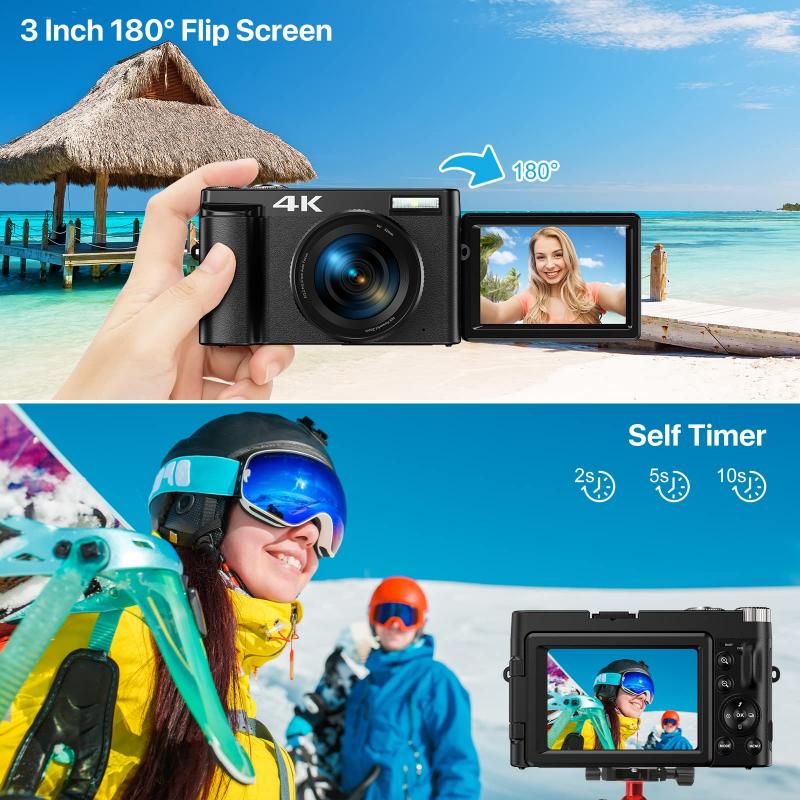

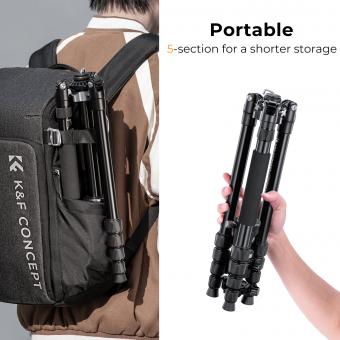

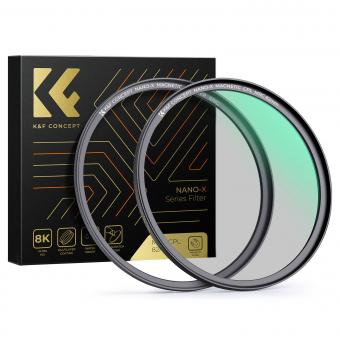
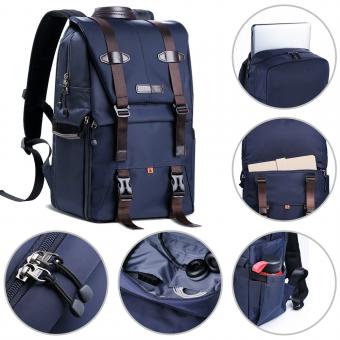
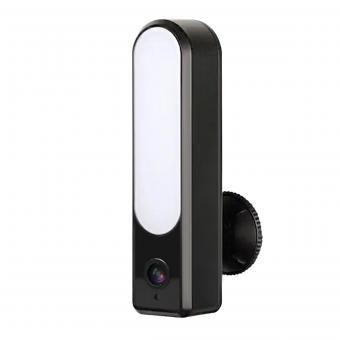

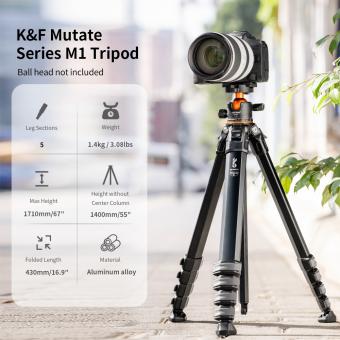


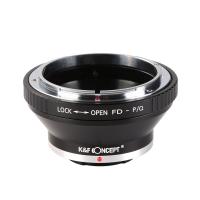


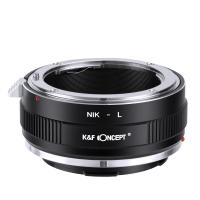
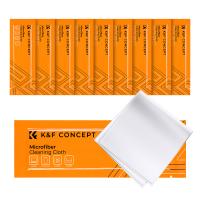
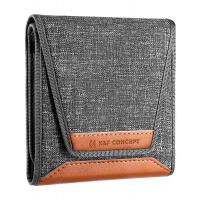
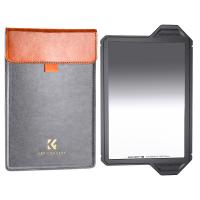
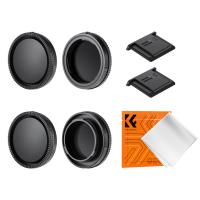


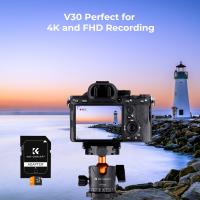
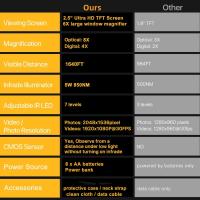
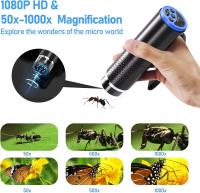
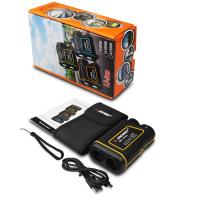


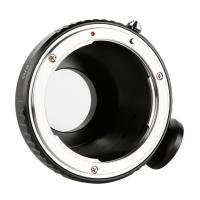

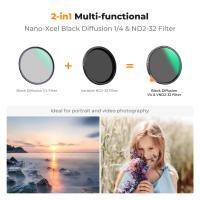

There are no comments for this blog.